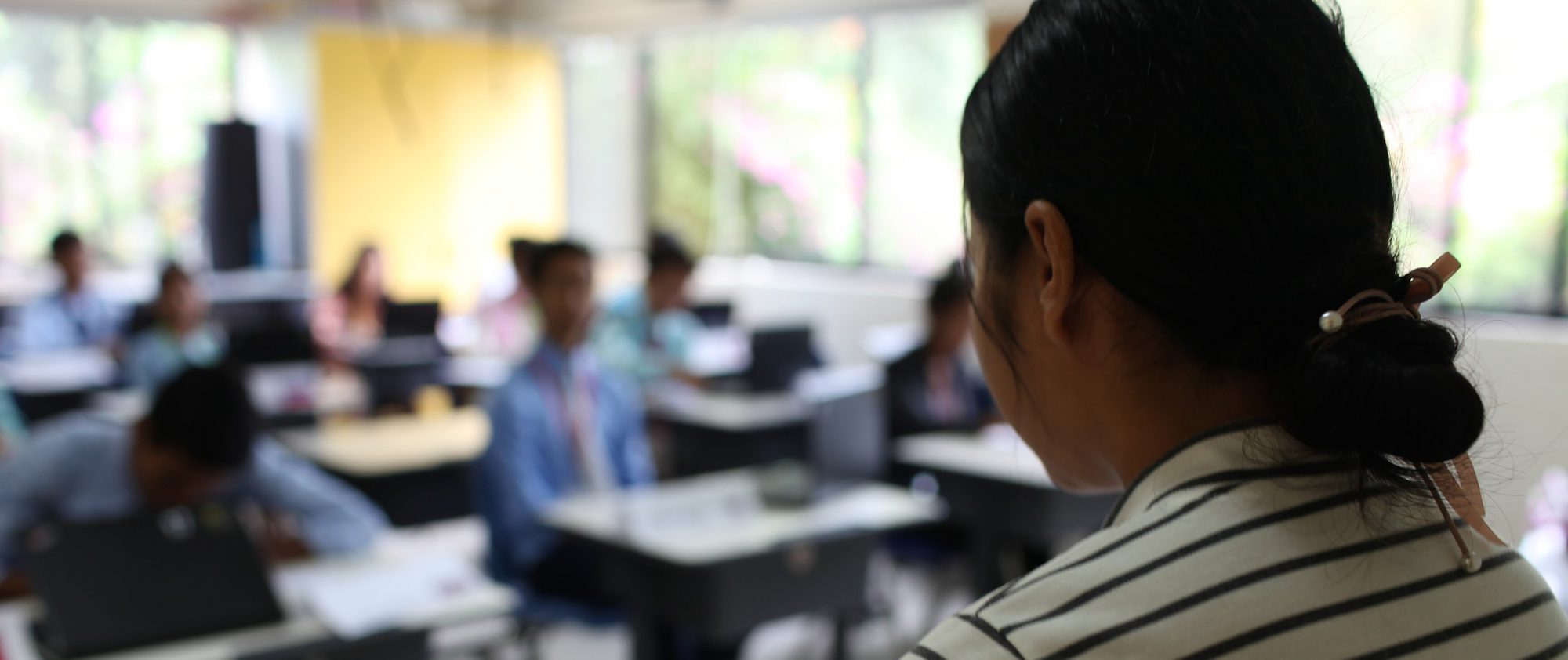Name of Course – Psychology
Learning Facilitator: Caroline
Course Description: This course will act as a hands-on, experiment and discussion based introduction to basic psychology. We will explore various topics that are engaging and fun, using videos, research-based text and experimentation. What role does psychology play in advertising and branding? How do people and/or animals act when they have been rewarded or punished? How is this used in our own school and community to influence behavior? Students will evaluate the role of psychology in their own patterns of behavior and learn how to be more critical consumers of material goods and information. In essence, this course aims to expose students to new and exciting facts, people and historically relevant data, while getting them excited about the scope of psychology in their own lives.
Days of the Week: Monday and Tuesday




